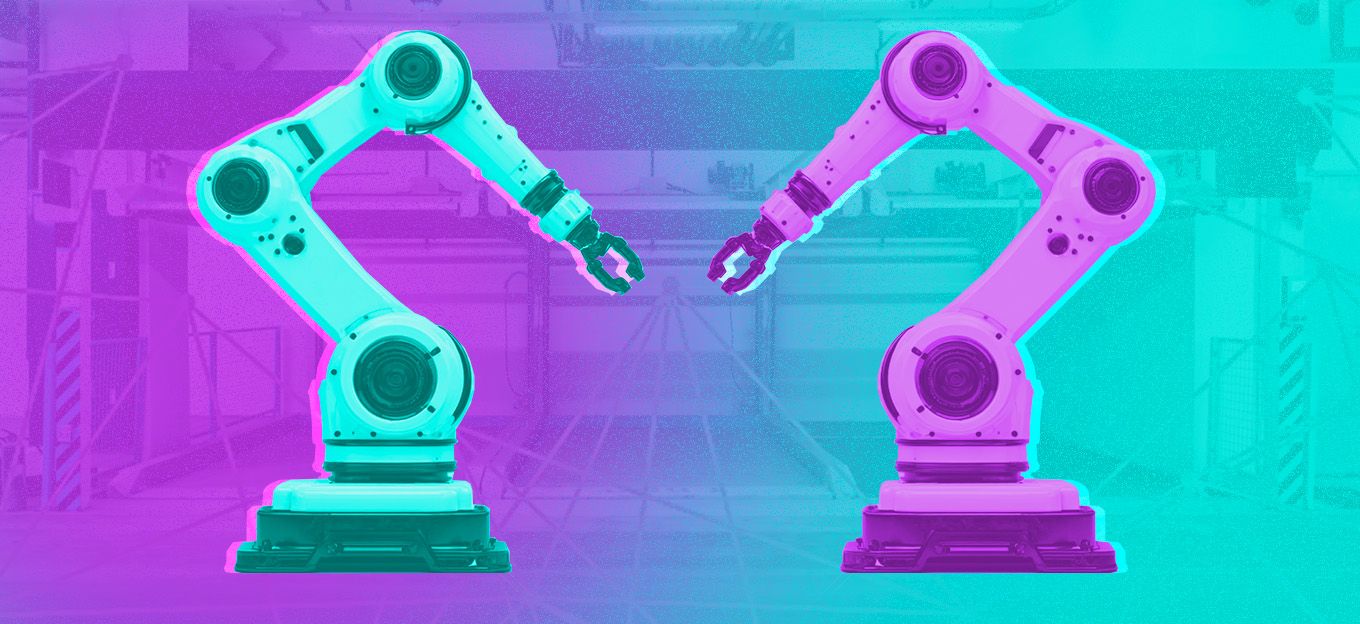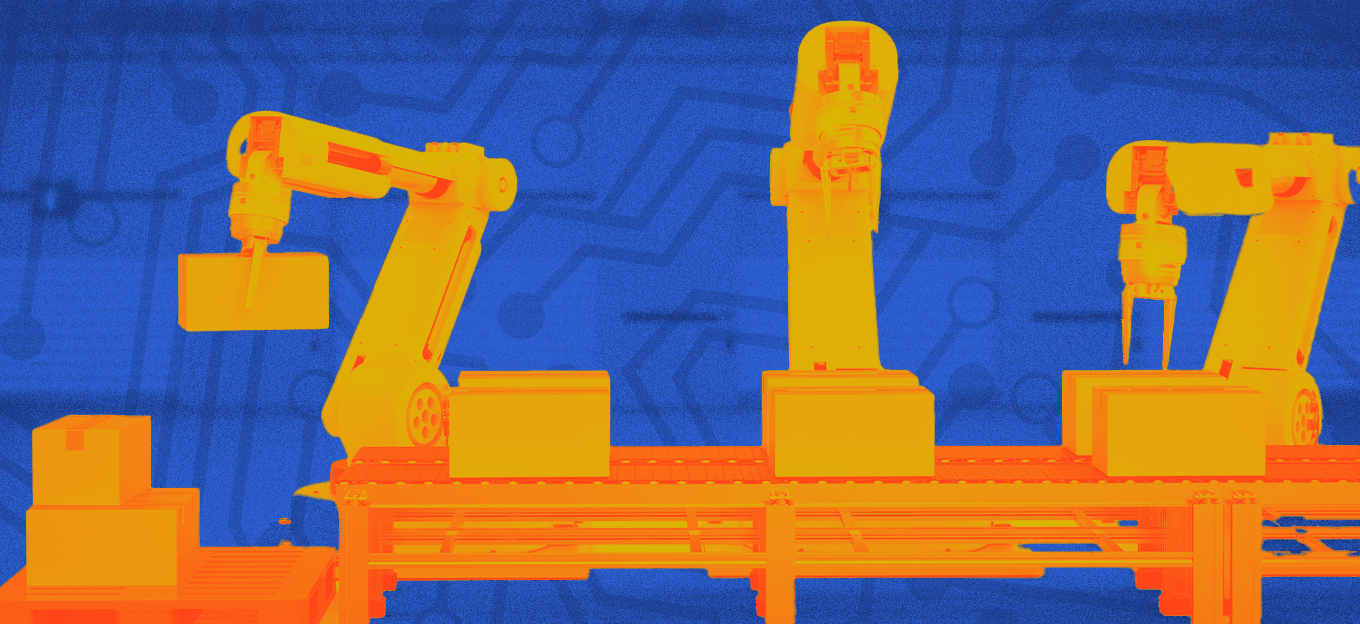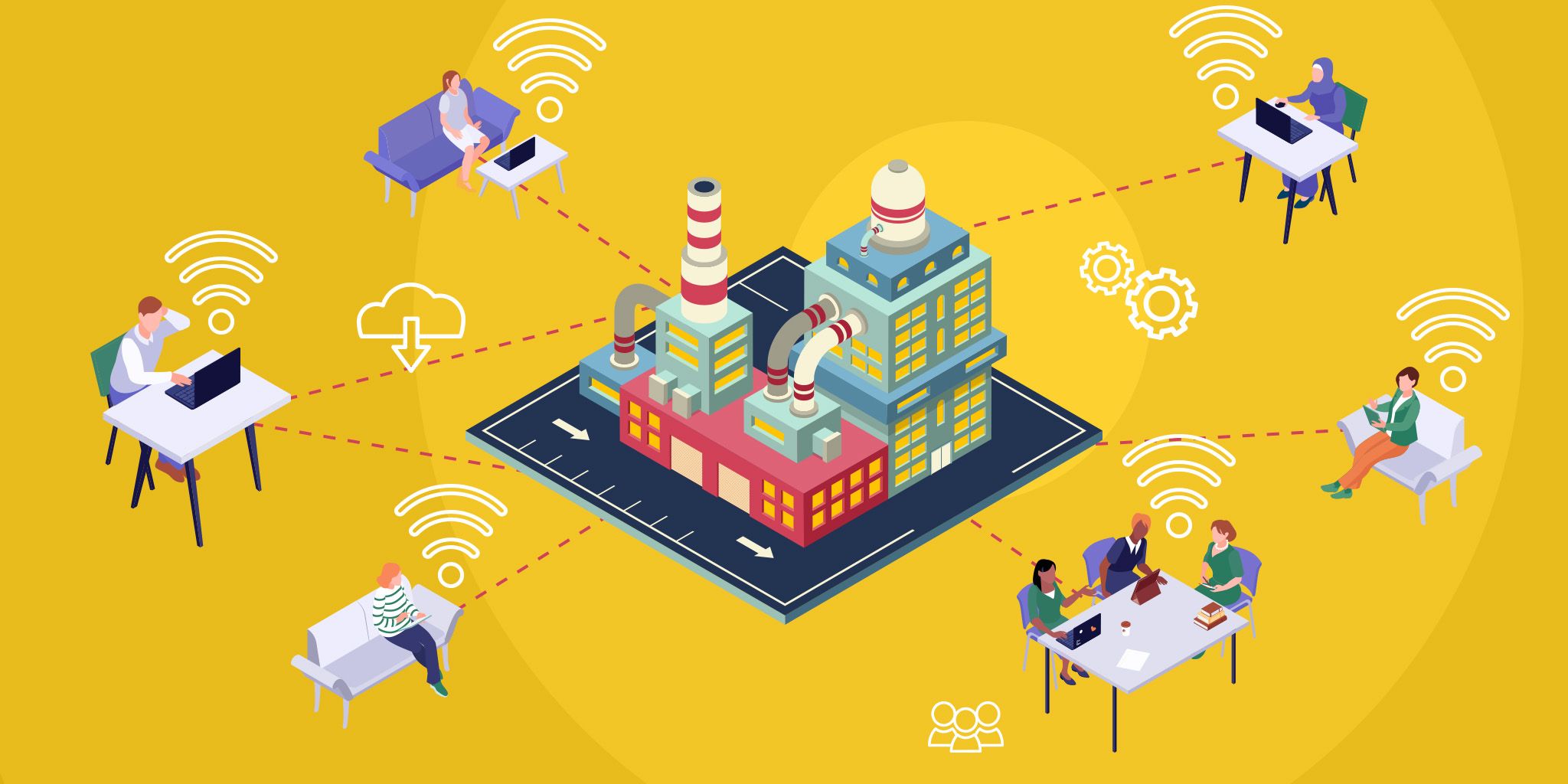How Manufacturing Industries Can Implement IoT for Continuous Process Improvement
How Manufacturing Industries Can Implement IoT for Continuous Process Improvement
- Last Updated: July 21, 2025
CoreFragment Technologies
- Last Updated: July 21, 2025



According to Statista, The Industrial IoT market worldwide is forecasted to witness a significant growth in revenue, with projections indicating a staggering figure of US$275.70bn by 2025.
Remote monitoring Industrial devices, Industrial sensors for temperature, humidity or chemical levels, Supply chain optimization devices are the major trending scope for IIoT in 2025. With AI and 5G helping connect things faster, industries are becoming more efficient and reducing costs.
Kaizen stands for continuous improvement in processes. Reduction of operational and maintenance costs can be achieved along with high efficiency through IIoT.
Here are 5 key applications of IIoT which can be opted to reduce operational costs by industries.
- Predictive maintenance
- Asset tracking
- Remote quality monitoring
- Inventory monitoring
- Digital twins
Predictive maintenance
Machine data is collected by sensors such as voltage, operating condition, temperature, vibration etc. transferred wirelessly to central cloud system which can monitor all facility device condition which enables maintenance engineers to schedule maintenance before failure of machines. This significantly helps in reducing downtime, failures and safety incidents.
Benefits for predictive maintenance:
- low maintenance cost
- Increased asset utilization
- Improvement of technician efficiency
- Reduced equipment downtime
Asset tracking
Manually tracking equipment or product stocks is time consuming, challenging and inefficient. These assets can be easily tracked through sensors and can have real time location access in mobile phone or cloud system to track the stock of the product, location and condition of the product. These can be beneficial for the supply chain and warehousing for both industries.
Benefits for asset tracking:
- Time efficient tracking
- Real time access of all categories and no. of items at any moment
- Reduce human efforts hence operational costs
- Condition monitoring
Remote quality monitoring
Remote monitoring helps management prevent hazards and reduce downtime by establishing connected devices throughout the facility to check their condition. Remote quality control may help to reduce human error and reduce time and human efforts for repetitive tasks.
Benefits for remote patient monitoring:
- Reduction of human error
- Better monitoring of condition
- Reduce hazards
- Reduce time and human efforts
Inventory monitoring
RFID technology is well suited for inventory management and monitoring. RFID can be used in item tagging and identification, gate entry or gate out, putaway, Item finding, indoor and outdoor tracking, inventory controls, audits and insights. Apart from RFID, BLE (Bluetooth Low Energy) beacons, UWB (Ultra-wide band) tags, GPS is also used in RTLS (Real Time Locating System) combined with Wi-Fi and LoRa (Long range).
Benefits for inventory monitoring:
- Real time stock tracking
- Reduce human efforts
- Reduce out of stock possibility
- Remote monitoring for all inventory facility on single screen
- Reduction in chance of theft/loss of product
Digital twins
By 2027 more than 90% of IoT platforms will have digital twin capabilities according to study. It helps to create digital versions of actual products with real time data to analyze, optimize and change the product without physical manufacturing intervention which will be helpful to save time, money and effort and easy to optimize.
The Internet of Things (IoT) employs sensors to continuously gather, process, update, and manage data from physical objects. This transmitted data is used to create a digital replica of the physical object, which can then be analyzed, manipulated, and optimized. Many companies are integrating Digital Twin (DT) technology into their IoT solutions to enable real-time feedback between the physical objects and their digital counterparts.
Benefits for Digital twins:
- Reduce time, costs and efforts
- Improve efficiency
- Easy to optimize product versions
- Provides accurate predictions of future state
- Provides ability to perform what-if analysis to simulate machine conditions
Conclusion
In conclusion, the Industrial IoT market is growing as more companies use smart technology to connect machines and improve efficiency. With tools like sensors, AI, and 5G, industries can save energy, reduce costs, and boost productivity. This technology is helping industries like manufacturing and healthcare become smarter and more automated, making everyday operations faster and safer. The future of Industrial IoT looks bright as more businesses embrace these advancements.
The Most Comprehensive IoT Newsletter for Enterprises
Showcasing the highest-quality content, resources, news, and insights from the world of the Internet of Things. Subscribe to remain informed and up-to-date.
New Podcast Episode

Moving Past the Pilot Phase in IoT and AI
Related Articles



